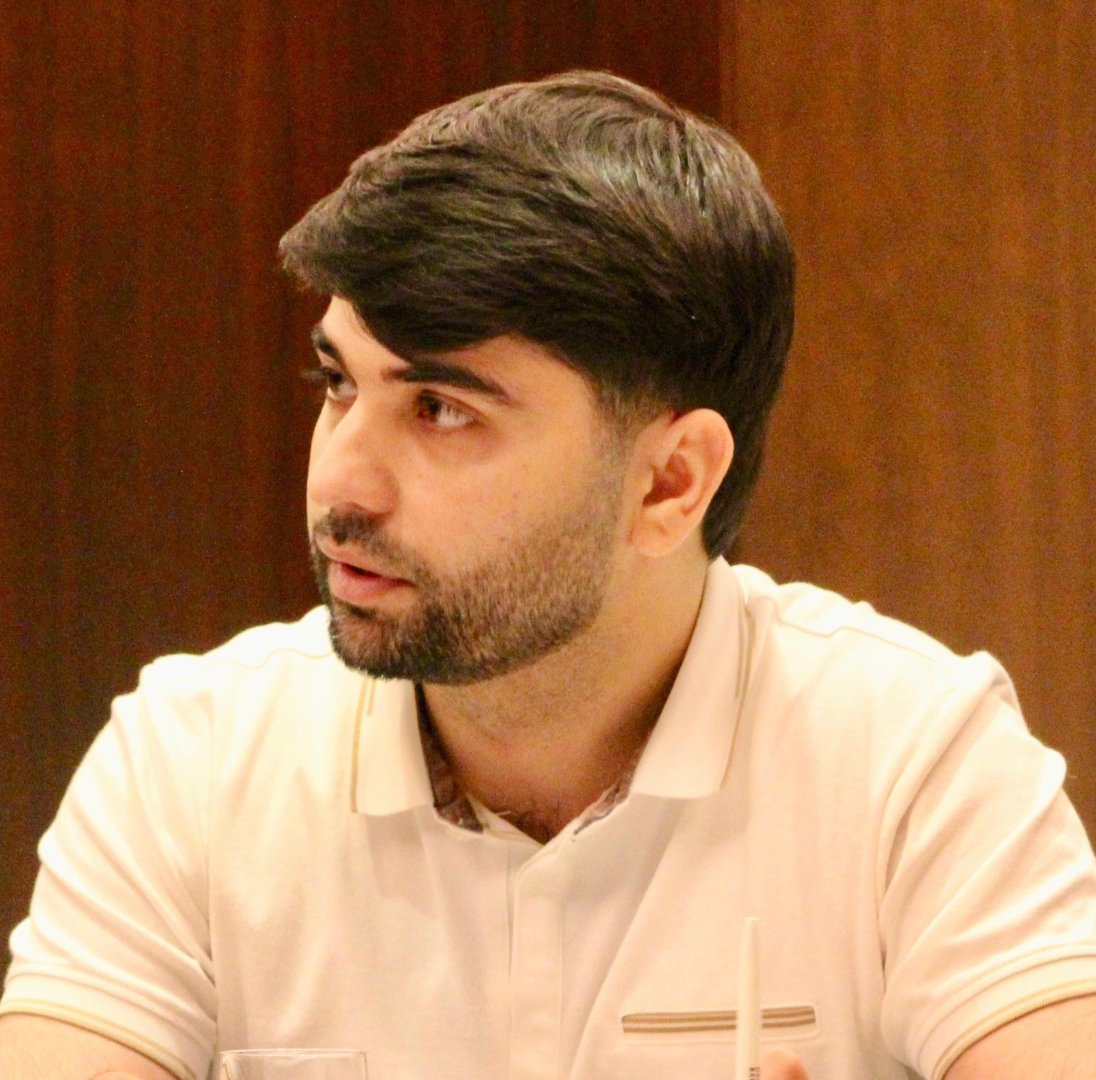BAKU, Azerbaijan, April 17. The Trans-Caspian International Transport Route (TITR, or Middle Corridor) has become the top priority option for countries in the region, Ding Jianwei, Senior Fellow of the Chinese Taihe Institute, told Trend.
"Practice has proven that the Middle Corridor has become the top priority option for countries in the region, which allows them to hedge against the current crisis, restore China-Europe freight routes, and expand economic and trade cooperation between countries," he said.
According to Ding Jianwei, since the 21st century, the world has become unstable.
"Global stock markets, foreign exchange markets, crude oil, grain, and nonferrous metals futures markets have all fluctuated, and supply chain disruptions have emerged as a key danger to the global economy. The outbreak of the Russian-Ukrainian conflict has exacerbated already strained global industrial and supply lines. Russia and Ukraine are significant global exporters of energy, industrial raw materials, agricultural products, and food items, as well as major transportation arteries connecting Eurasia. The confrontation between Russia and Ukraine has lasted two years and constitutes not just a military conflict between these two countries but also an economic war between Russia and the US and its supporters," he noted.
As Ding Jianwei noted, as a result of the chain reaction of war and economic sanctions, global production and supply chains were interrupted, especially the Black Sea routes, and air and land transport were suspended.
"The Northern Corridor, which traditionally connects the eastern and western ends of the Eurasian continent through Russia, has been hampered by comprehensive sanctions and Russia's isolation from the West. At the same time, the countries of Central Asia and the South Caucasus have severely limited transport capabilities. Supply chains were disrupted. Against this background, the importance of the Middle Corridor, passing through Central Asia, the South Caucasus, and Türkiye, has become increasingly visible. The countries of the region want to take advantage of the situation, make full use of the Middle Corridor, and break out of the blockade," he said.
At the same time, Ding Jianwei pointed out that the volume of cargo transported along this route exceeded 1.7 million tons from January through August 2023. By 2025, the total cargo turnover on this route is expected to exceed 10 million tons.
"The strategic status of the Middle Corridor continues to rise due to the Russian-Ukrainian conflict and the Red Sea crisis. Increased policy coordination among countries along the route and increased capital investment can help improve the route's expansion capabilities and development," he noted.
The Middle Corridor is a transportation and trade route that connects Asia and Europe, passing through several countries in the region. It is an alternative route to the traditional Northern Corridor and Southern Corridor.
The route starts in China and crosses Central Asian countries such as Kazakhstan, Uzbekistan, and Turkmenistan. It then passes through the Caspian Sea, Azerbaijan, Georgia, and Türkiye before reaching Europe.
The Middle Corridor offers a land route that connects the eastern parts of Asia, including China, with Europe, bypassing the longer maritime routes.






